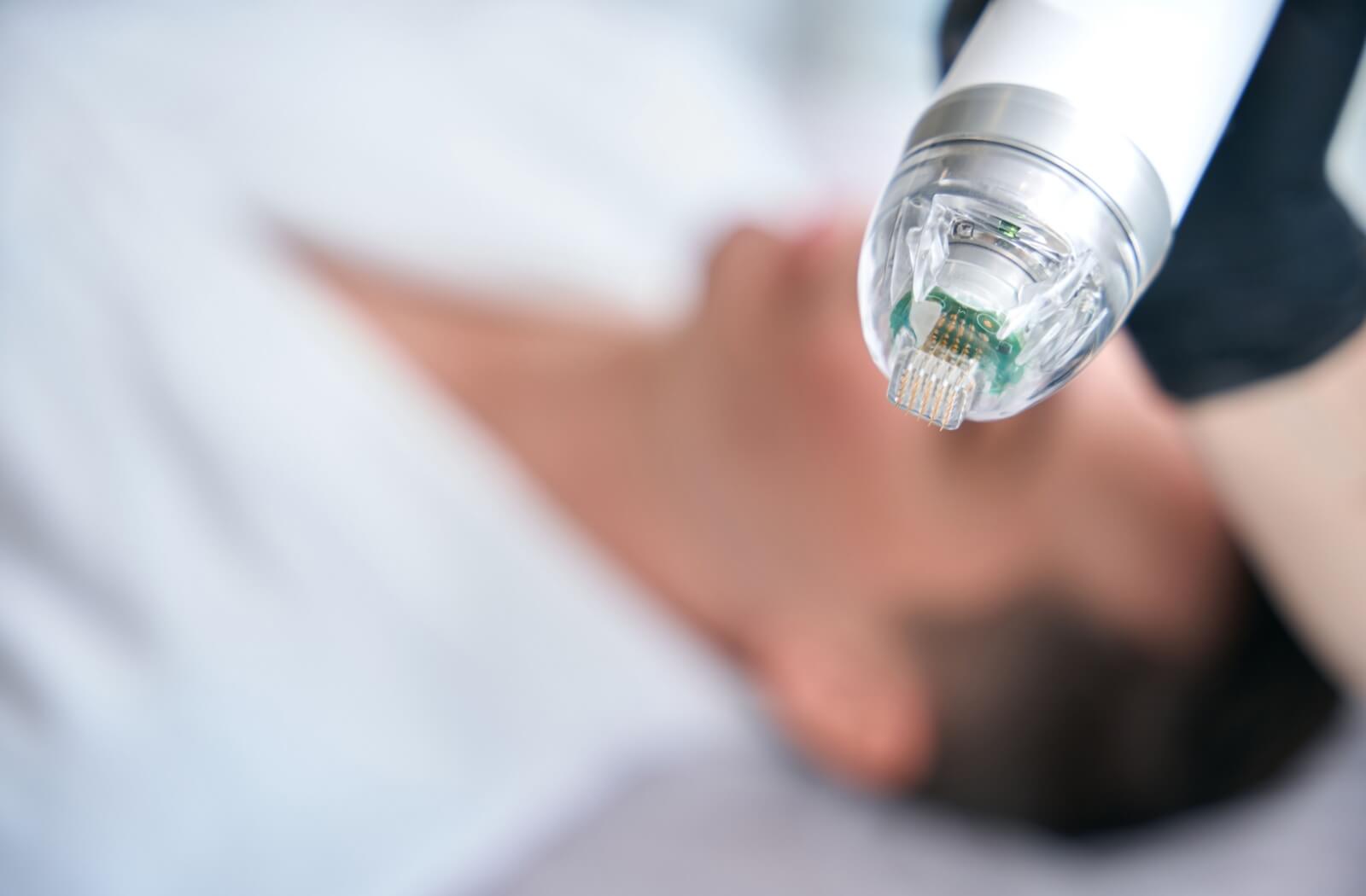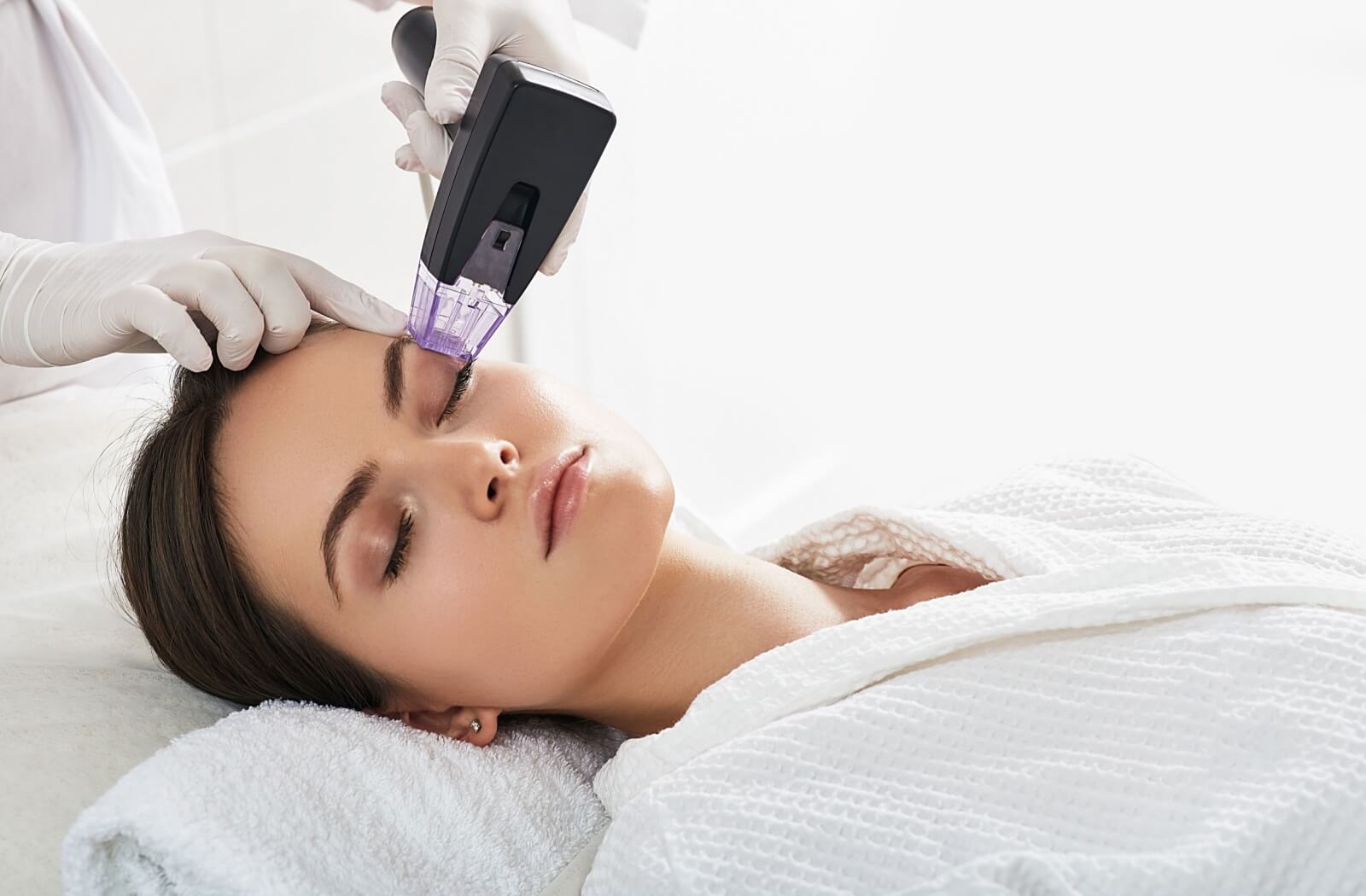Is your teenager suffering from dry eyes? You are probably spending significantly more time with your teenagers right now, so you may notice a few things:
- Are they glassy-eyed? Well, of course they are. They’re bored.
- See them rubbing their eyes? Sure. It’s Spring. They have allergies.
- Are their eyes red? Yep, they’ve been video gaming 4 hours straight and well into the night. It’s digital eyestrain.
- Are they wearing their glasses instead of their contacts? They ran out of their contact lenses and their eye doctor’s office is closed so they can’t get more.
While your teenager might indeed be bored, have allergies, overplay video-games and run out of contact lenses, it is possible their glassy-looking, red, itchy, spectacle eyes could be a sign they have dry eyes.
Teenagers do get dry eyes
Teens can get Dry Eye Disease? Yep, contrary to popular belief, Dry Eye Disease is not only an older adult issue. In fact, it’s the No. 1 vision disease in the U.S. across all age groups due to or increasing use of digital devices, which disrupts the normal blinking pattern. If blinks are incomplete or infrequent (i.e. staring at our screen devices) special oil glands in our eyelids do not get pumped. If they don’t get pumped, the oil never makes it into the tear film. If oil doesn’t make it into the tear film, the tear film is incomplete and becomes unstable (think salad dressing before the oil is added). This leads to dry eyes.
Signs your teenager may have dry eyes
Without a stable tear film the surface of our eyes are not lubricated or nourished. This can lead to symptoms of red and itchy eyes, contact lens intolerance and vision impairment. If we don’t teach our oil glands to pump when we are young, the glands will wither away. There are no other substitutes.
Ways to prevent dry eye disease at the computer
The nerves on the surface of a teenager’s eye are healthy and robust. They might not become aware of what is happening until they are in their 20’s, 30’s or 40’s. You as their parent will not likely be around them when this happens. Now is the time for you to help them develop lifestyle screen habits. Teach them to blink. We recommend a few slow, intentional blinks done every 30 minutes of screen time. This helps “pump” the oil that makes our protective tear film. We set our phone timers as reminders to blink, blink, blink. We also recommend taking a break from the screen, gazing out into the distance for a minute or so to prevent eye strain and headaches.
If you do suspect your teenager is suffering from dry eyes and dry eye disease, get in touch. We’d love to help you and your family find a solution that works best for you.

























